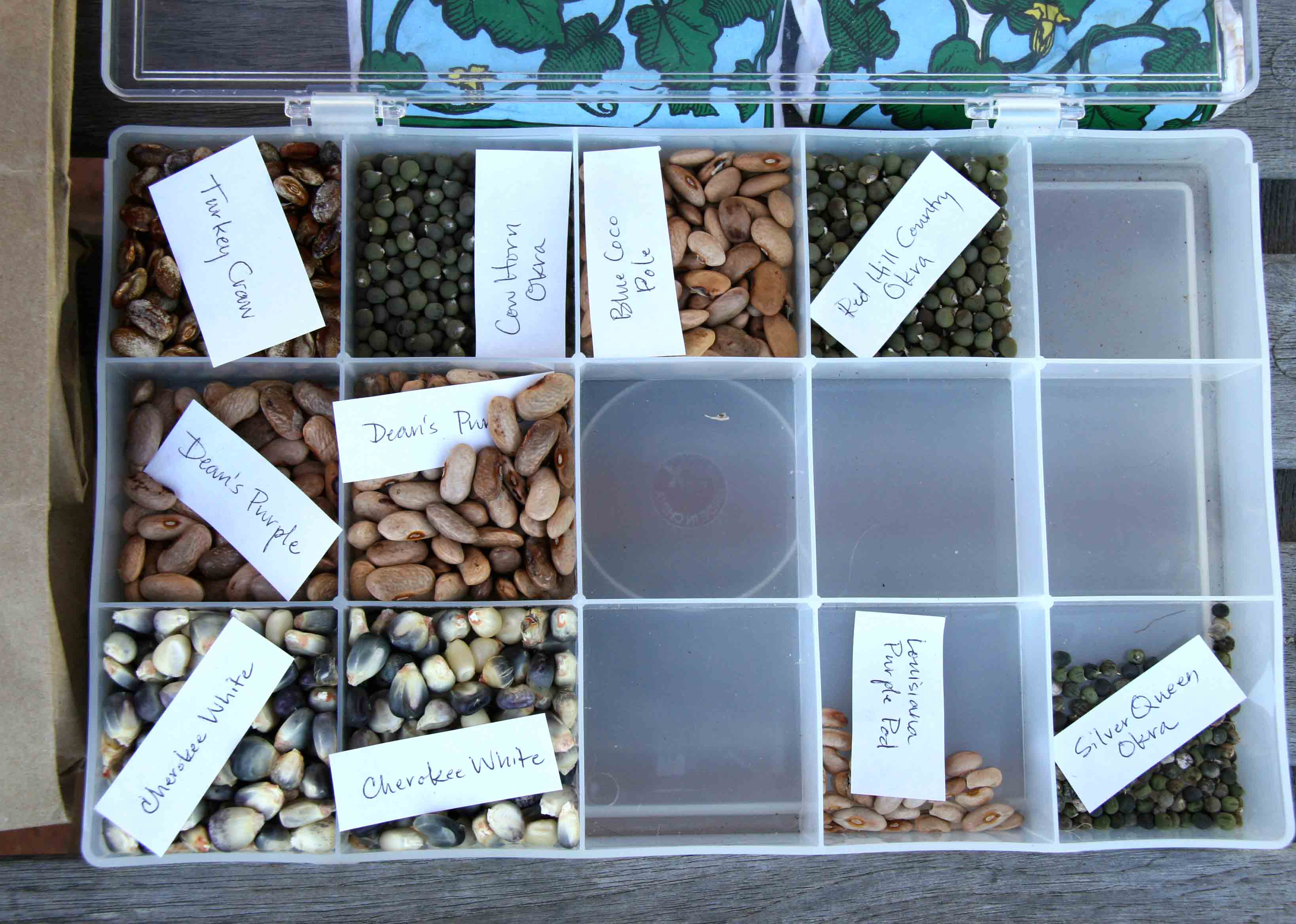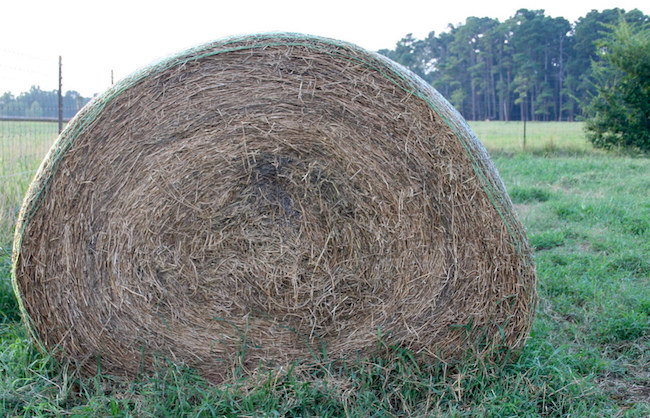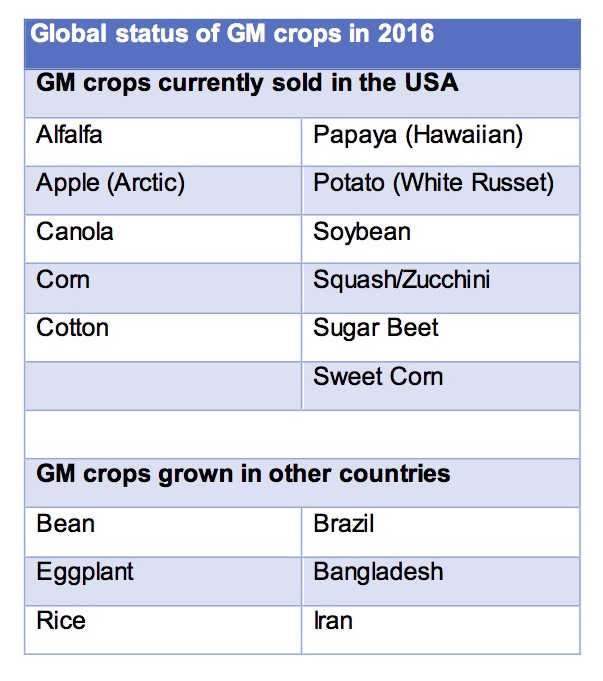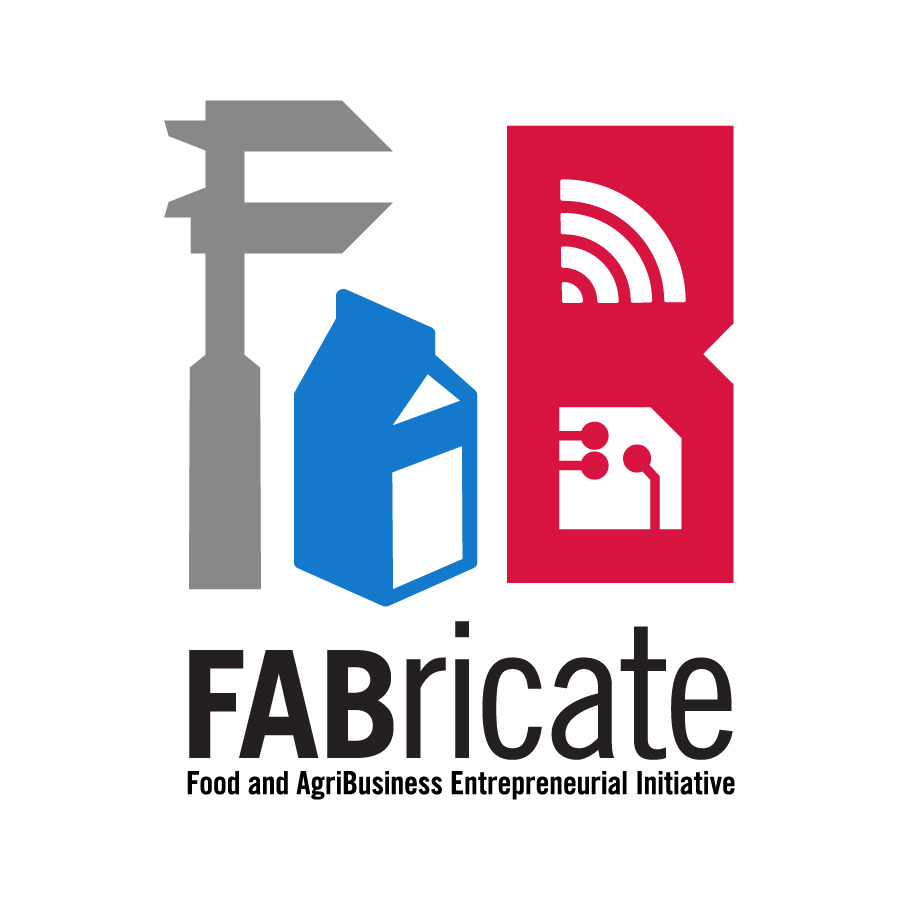 CAES News
CAES News
Heirlooms at Rock Eagle
The garden at Rock Eagle 4-H Center in Eatonton, Georgia, supplies between 500 and 2,000 pounds of produce to the environmental education center’s cafeteria each year, but it’s more than a modern kitchen garden – it’s also a living museum.








